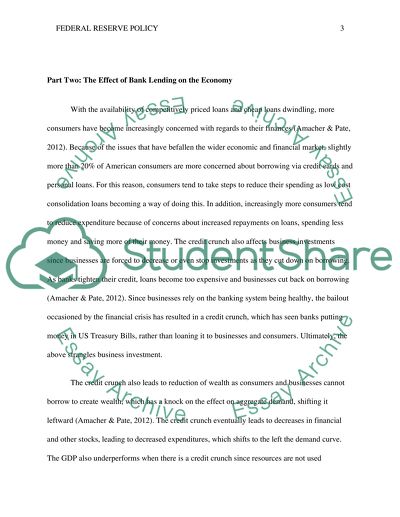Cite this document
(“Federal Reserve Policy during the Recession and Effects of the Credit Assignment”, n.d.)
Federal Reserve Policy during the Recession and Effects of the Credit Assignment. Retrieved from https://studentshare.org/macro-microeconomics/1484530-wk4dis
Federal Reserve Policy during the Recession and Effects of the Credit Assignment. Retrieved from https://studentshare.org/macro-microeconomics/1484530-wk4dis
(Federal Reserve Policy During the Recession and Effects of the Credit Assignment)
Federal Reserve Policy During the Recession and Effects of the Credit Assignment. https://studentshare.org/macro-microeconomics/1484530-wk4dis.
Federal Reserve Policy During the Recession and Effects of the Credit Assignment. https://studentshare.org/macro-microeconomics/1484530-wk4dis.
“Federal Reserve Policy During the Recession and Effects of the Credit Assignment”, n.d. https://studentshare.org/macro-microeconomics/1484530-wk4dis.


